| Western blot (WB): | 1:500-2000 |
| Immunohistochemistry (IHC): | 1:50-400 |
| Immunocytochemistry/Immunofluorescence (ICC/IF): | 1:50-400 |
| ELISA: | 1:100-1000 |
| (Boiling the paraffin sections in 10mM citrate buffer,pH6.0,or PH8.0 EDTA repair liquid for 20 mins is required for the staining of formalin/paraffin sections.) Optimal working dilutions must be determined by end user. | |
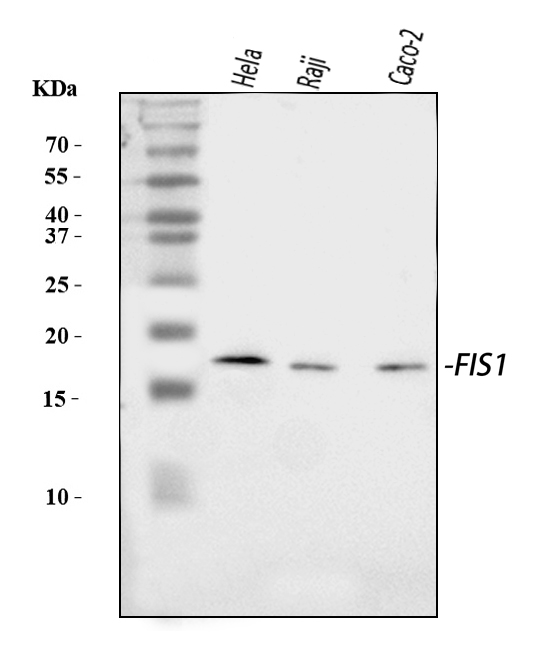
Figure 1. Western blot analysis of anti- FIS1 Antibody (A01932-3). The sample well of each lane was loaded with 50ug of sample under reducing conditions.
Lane 1: HELA whole cell lysates,
Lane 2: Raji whole cell lysates,
Lane 3: CACO-2 whole cell lysates.
Use rabbit anti- FIS1 1:1000, probed with a goat anti-rabbit IgG-HRP secondary antibody. The signal is developed using an Enhanced Chemiluminescent detection (ECL) kit (Catalog # EK1002). A specific band was detected for FIS1 at approximately 17KD. The expected band size for FIS1 is at 17KD.
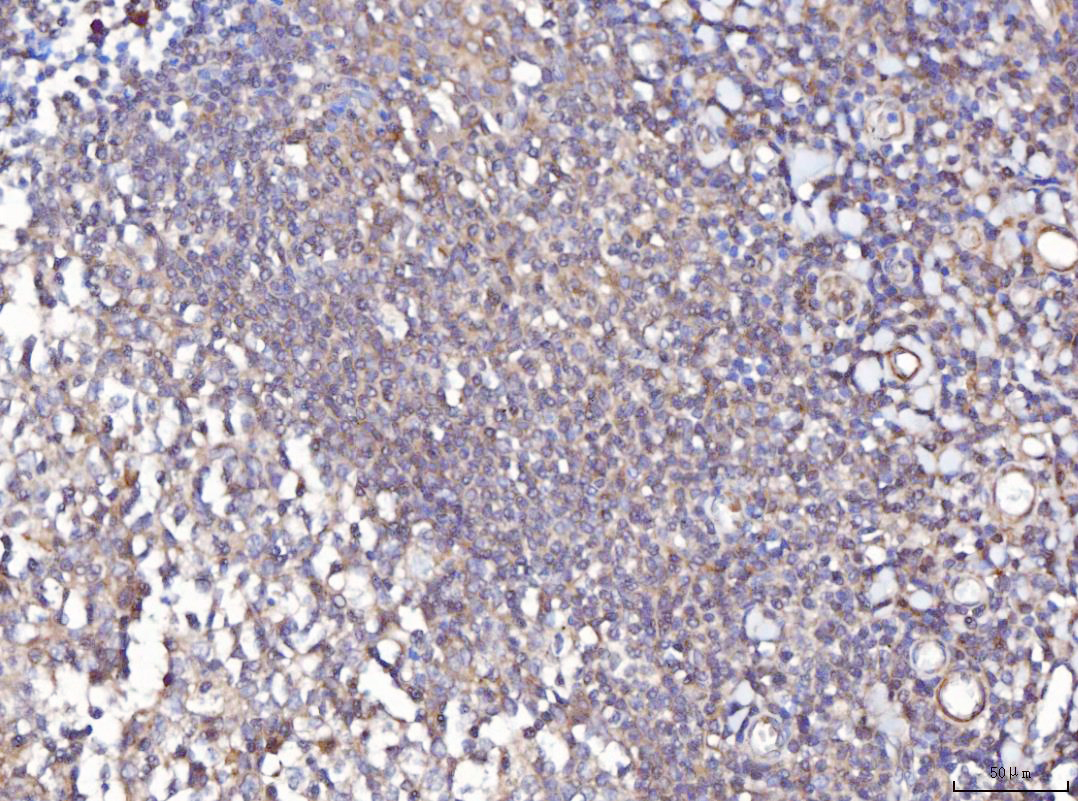
Figure 2. IHC analysis using anti- FIS1 Antibody (A01932-3). detected in paraffin-embedded section of human chronic tonsillitis tissue. Biotinylated goat anti-rabbit IgG was used as secondary antibody. The tissue section was developed using Strepavidin-Biotin-Complex (SABC) (Catalog # SA1022) with DAB as the chromogen.
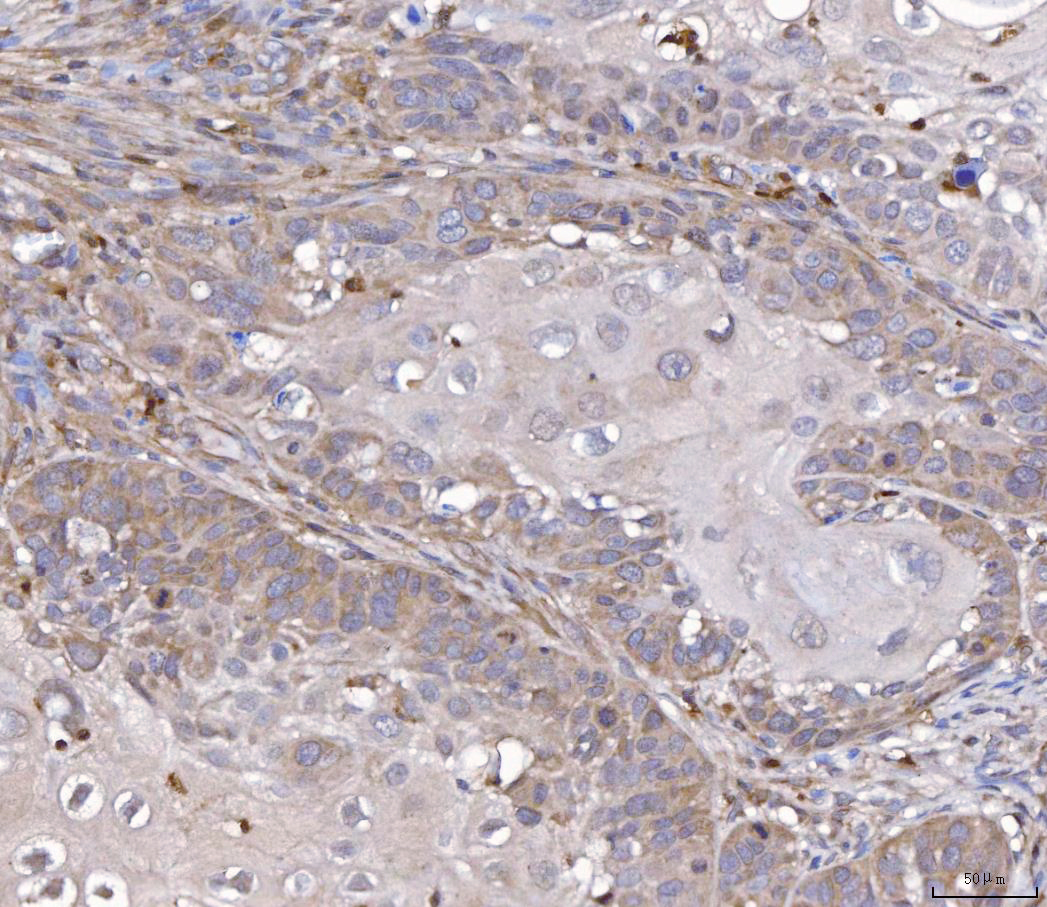
Figure 3. IHC analysis using anti- FIS1 Antibody (A01932-3). detected in paraffin-embedded section of human Laryngeal squamous cell carcinomas tissue. Biotinylated goat anti-rabbit IgG was used as secondary antibody. The tissue section was developed using Strepavidin-Biotin-Complex (SABC) (Catalog # SA1022) with DAB as the chromogen.
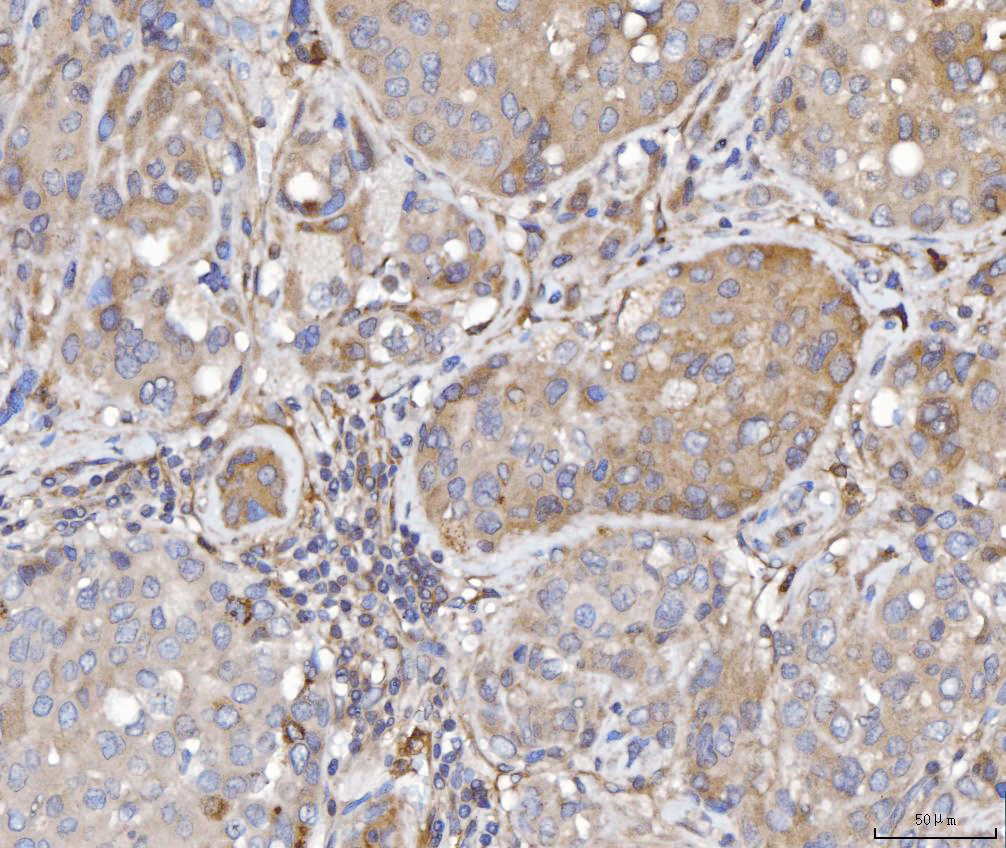
Figure 4. IHC analysis using anti-FIS1 Antibody (A01932-3). detected in paraffin-embedded section of human liver cancer tissue. Biotinylated goat anti-rabbit IgG was used as secondary antibody. The tissue section was developed using Strepavidin-Biotin-Complex (SABC) (Catalog # SA1022) with DAB as the chromogen.

Figure 5. IHC analysis using anti- FIS1 Antibody (A01932-3). detected in paraffin-embedded section of human placenta tissue. Biotinylated goat anti-rabbit IgG was used as secondary antibody. The tissue section was developed using Strepavidin-Biotin-Complex (SABC) (Catalog # SA1022) with DAB as the chromogen.
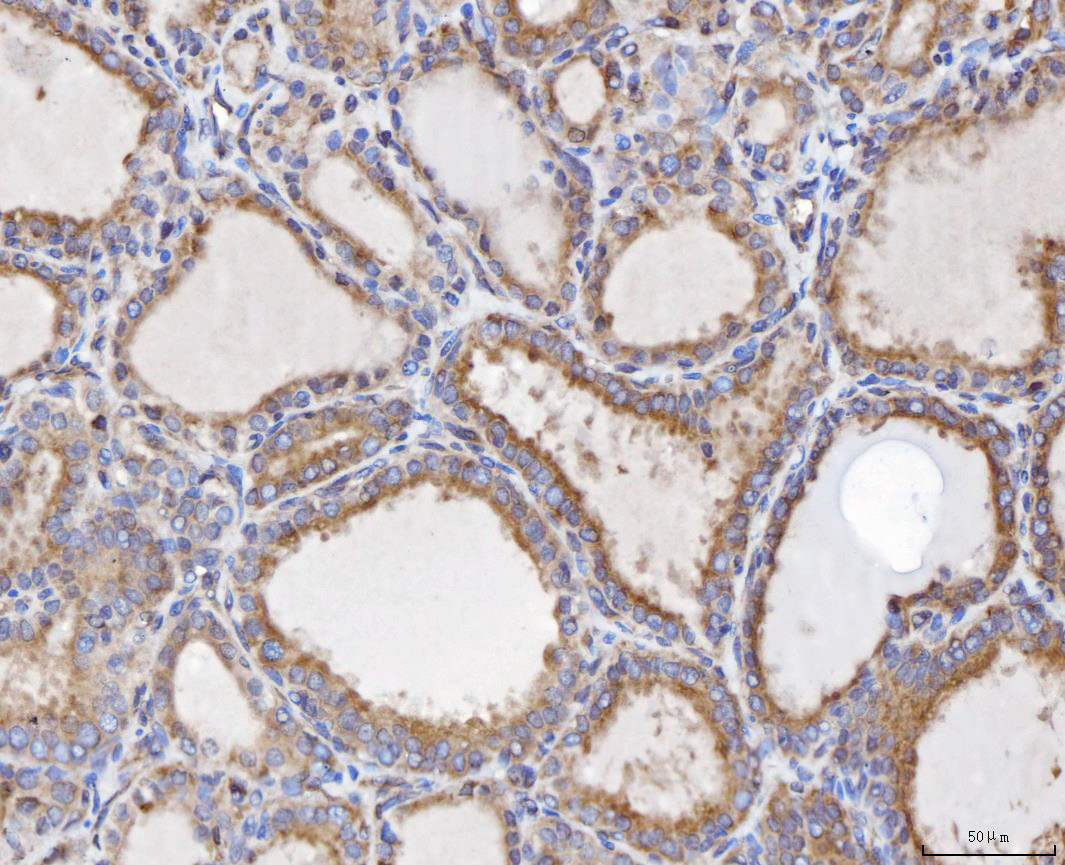
Figure 6. IHC analysis using anti- FIS1 Antibody (A01932-3). detected in paraffin-embedded section of human Poison impregnated thyroid gland tissue. Biotinylated goat anti-rabbit IgG was used as secondary antibody. The tissue section was developed using Strepavidin-Biotin-Complex (SABC) (Catalog # SA1022) with DAB as the chromogen.
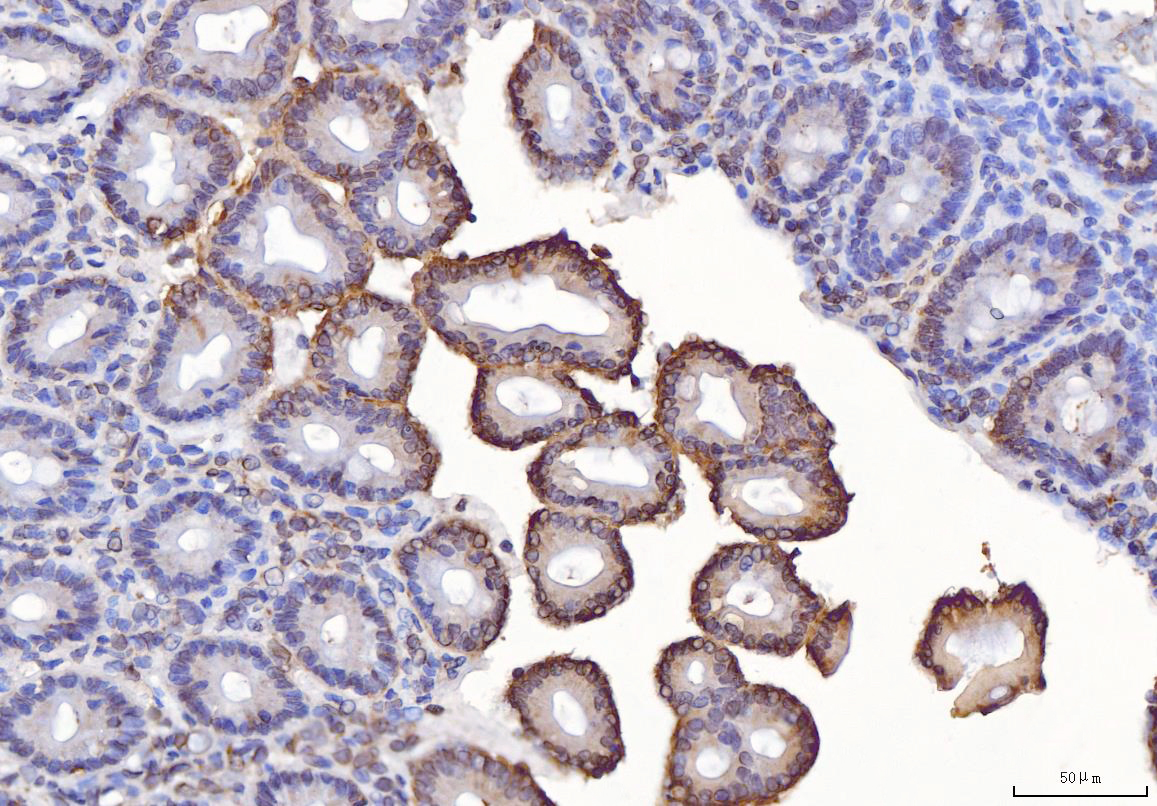
Figure 7. IHC analysis using anti- FIS1 Antibody (A01932-3). detected in paraffin-embedded section of rat gaster tissue. Biotinylated goat anti-rabbit IgG was used as secondary antibody. The tissue section was developed using Strepavidin-Biotin-Complex (SABC) (Catalog # SA1022) with DAB as the chromogen.
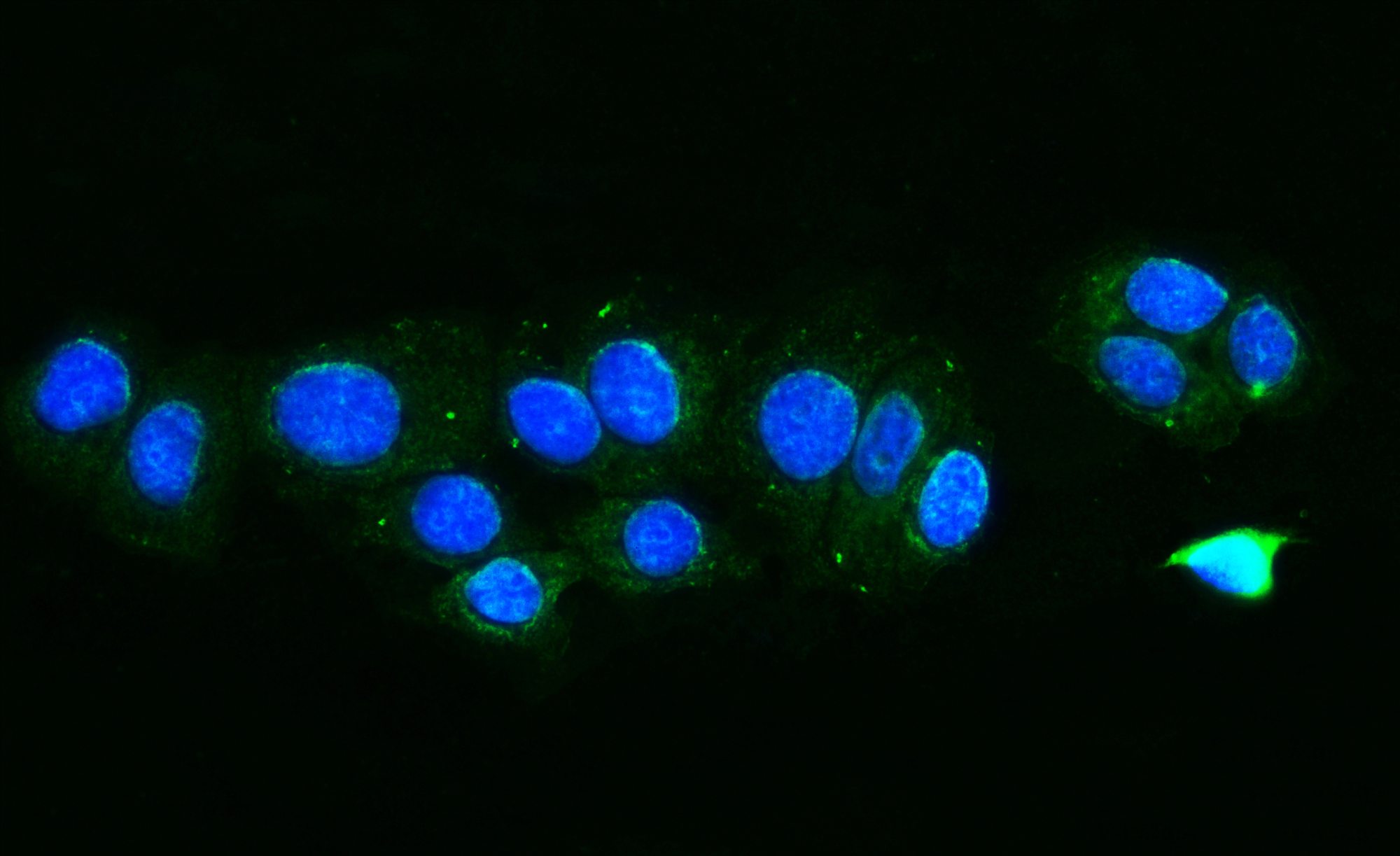
Figure 8.ICC analysis using anti-FIS1 antibody (A01932-3) was detected in immersion fixed MCF-7 cell line . Cells were stained using the Dylight488-conjugated Anti-rabbit IgG Secondary Antibody (green)(Catalog#BA1127) and counterstained with DAPI (blue).

Figure 1. Western blot analysis of anti- FIS1 Antibody (A01932-3). The sample well of each lane was loaded with 50ug of sample under reducing conditions.
Lane 1: HELA whole cell lysates,
Lane 2: Raji whole cell lysates,
Lane 3: CACO-2 whole cell lysates.
Use rabbit anti- FIS1 1:1000, probed with a goat anti-rabbit IgG-HRP secondary antibody. The signal is developed using an Enhanced Chemiluminescent detection (ECL) kit (Catalog # EK1002). A specific band was detected for FIS1 at approximately 17KD. The expected band size for FIS1 is at 17KD.

Figure 2. IHC analysis using anti- FIS1 Antibody (A01932-3). detected in paraffin-embedded section of human chronic tonsillitis tissue. Biotinylated goat anti-rabbit IgG was used as secondary antibody. The tissue section was developed using Strepavidin-Biotin-Complex (SABC) (Catalog # SA1022) with DAB as the chromogen.

Figure 3. IHC analysis using anti- FIS1 Antibody (A01932-3). detected in paraffin-embedded section of human Laryngeal squamous cell carcinomas tissue. Biotinylated goat anti-rabbit IgG was used as secondary antibody. The tissue section was developed using Strepavidin-Biotin-Complex (SABC) (Catalog # SA1022) with DAB as the chromogen.

Figure 4. IHC analysis using anti-FIS1 Antibody (A01932-3). detected in paraffin-embedded section of human liver cancer tissue. Biotinylated goat anti-rabbit IgG was used as secondary antibody. The tissue section was developed using Strepavidin-Biotin-Complex (SABC) (Catalog # SA1022) with DAB as the chromogen.

Figure 5. IHC analysis using anti- FIS1 Antibody (A01932-3). detected in paraffin-embedded section of human placenta tissue. Biotinylated goat anti-rabbit IgG was used as secondary antibody. The tissue section was developed using Strepavidin-Biotin-Complex (SABC) (Catalog # SA1022) with DAB as the chromogen.

Figure 6. IHC analysis using anti- FIS1 Antibody (A01932-3). detected in paraffin-embedded section of human Poison impregnated thyroid gland tissue. Biotinylated goat anti-rabbit IgG was used as secondary antibody. The tissue section was developed using Strepavidin-Biotin-Complex (SABC) (Catalog # SA1022) with DAB as the chromogen.

Figure 7. IHC analysis using anti- FIS1 Antibody (A01932-3). detected in paraffin-embedded section of rat gaster tissue. Biotinylated goat anti-rabbit IgG was used as secondary antibody. The tissue section was developed using Strepavidin-Biotin-Complex (SABC) (Catalog # SA1022) with DAB as the chromogen.

Figure 8.ICC analysis using anti-FIS1 antibody (A01932-3) was detected in immersion fixed MCF-7 cell line . Cells were stained using the Dylight488-conjugated Anti-rabbit IgG Secondary Antibody (green)(Catalog#BA1127) and counterstained with DAPI (blue).









